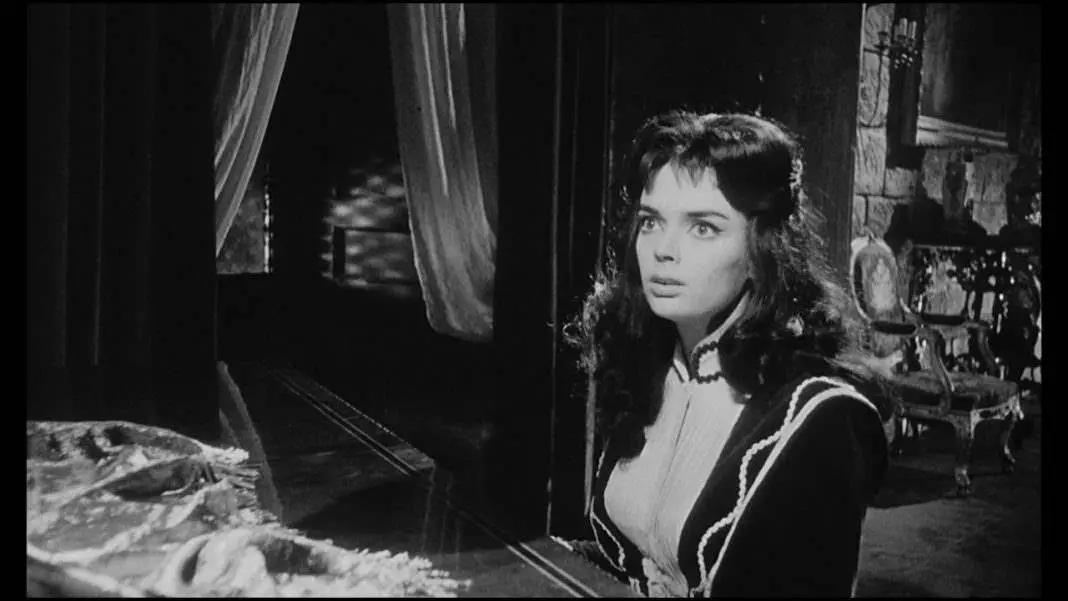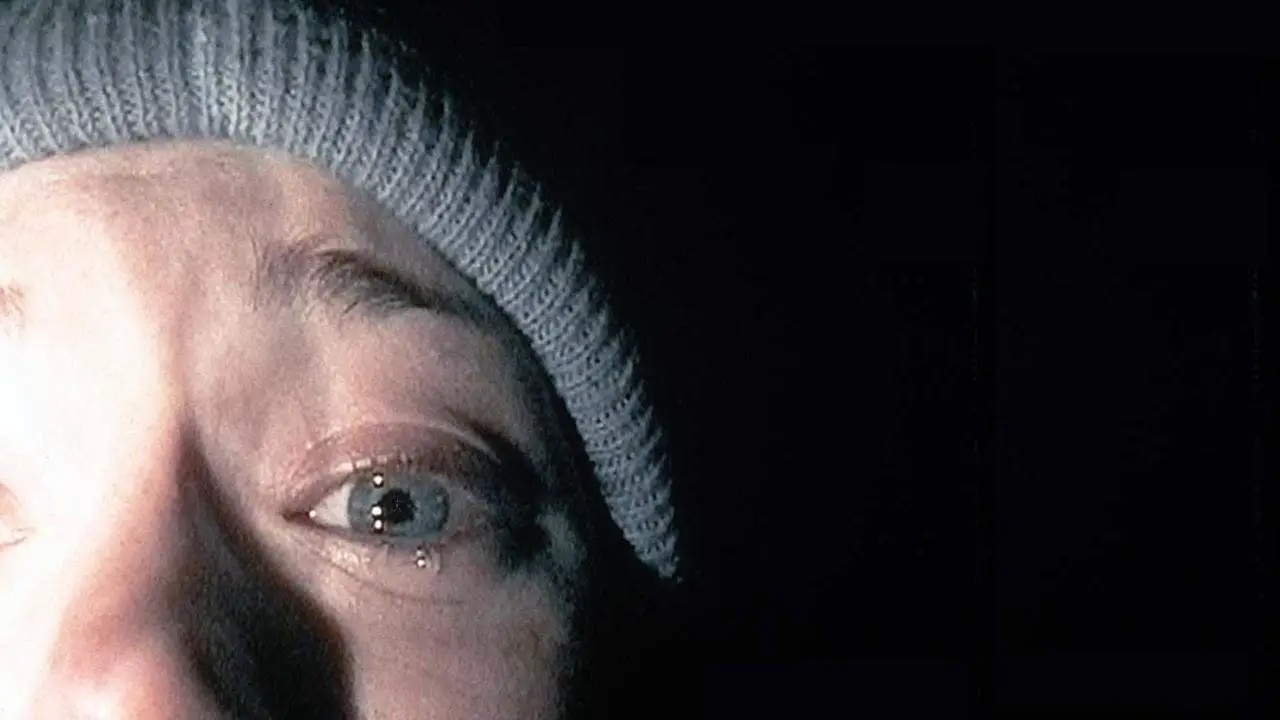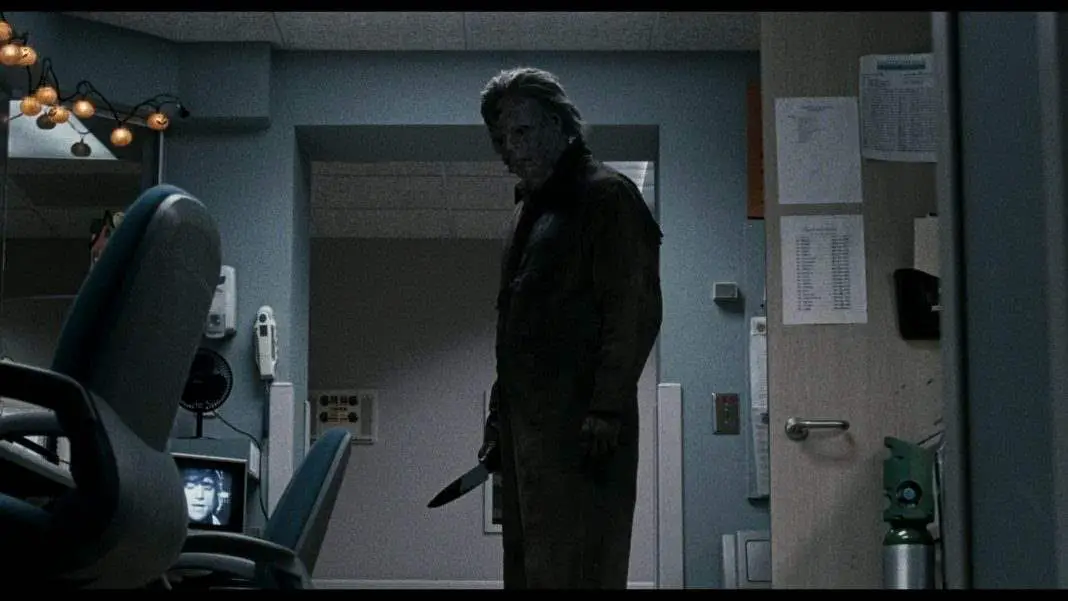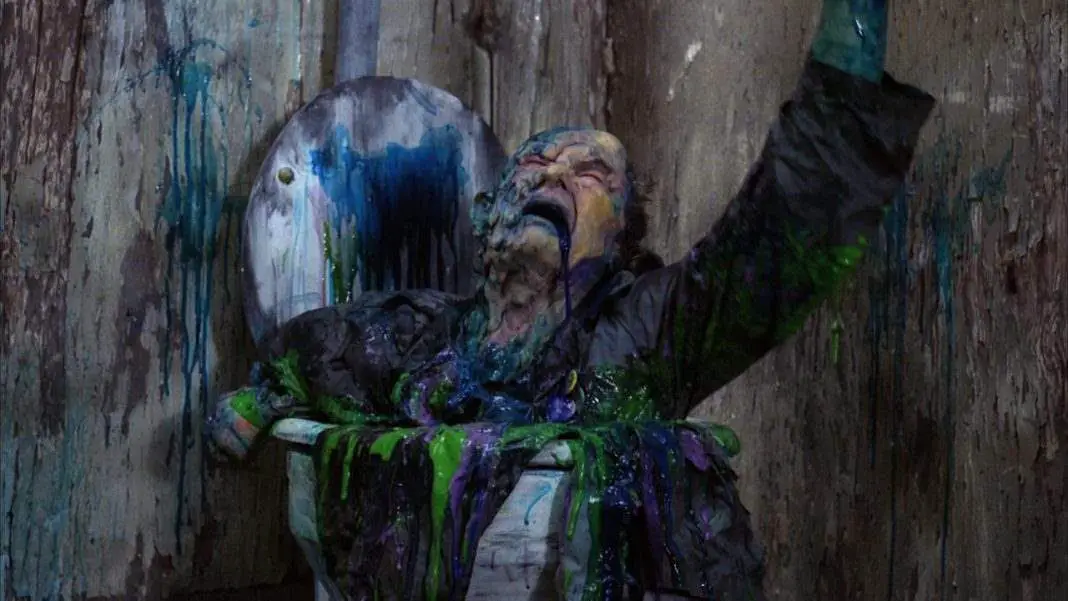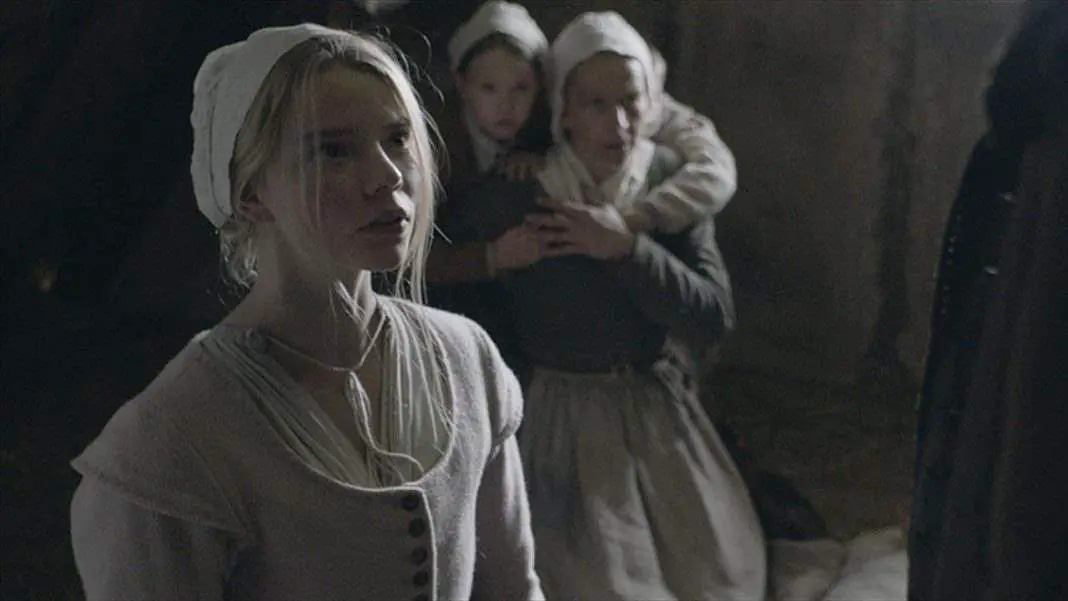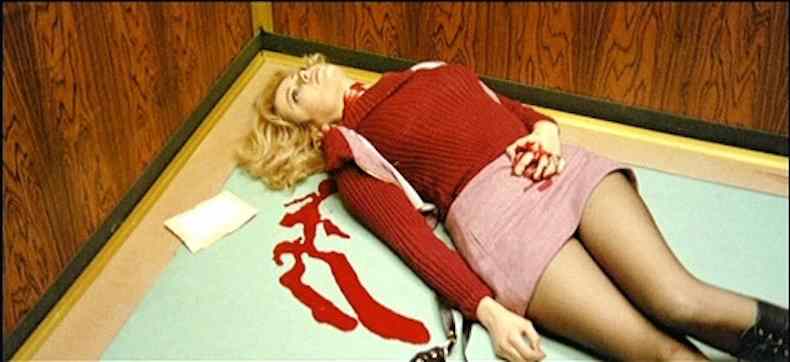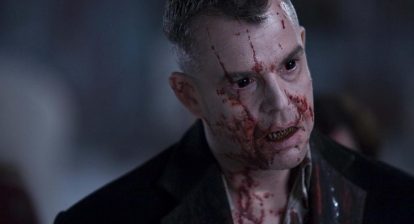There are a select few directors who immediately come to mind when fans across the world think of Italian horror. While the country has produced so many of the most amazingly talented filmmakers, Dario Argento, Lucio Fulci and Mario Bava are always the names that first come to mind. Each of them has had a tremendous impact on the genre, but of the three, Bava’s influence is the most far-reaching. He didn’t just inspire Argento and other horror directors that followed in his wake, he truly changed the game. And he did it several times. You can look at a film like Bay of Blood and see how it invented so much of the structure of the modern slasher.
But to look at where horror has come and how it’s changed over time, I think it’s fair to say that Black Sunday remains his most influential. Not only did it immediately spawn imitators in the 1960s, it helped to kick off a longstanding parade of supernatural revenge movies, so many films centered on women using witchcraft as a means to find some sense of control. It was also incredibly violent for its time, another trademark of Bava’s. And the glimpses of torture also inspired many features to expand upon that imagery and push the boundaries even further.
Looking at the scope and evolution of the genre since its release, there’s a direct line from Black Sunday to Mark of the Devil, Hellraiser, The Craft and so many more in between. What’s amazing, though, is how deep that influence feels at the moment. There appear to be more movies borrowing from Bava’s classic now than there have been in years. That’s a good thing, though. It’s incredibly exciting that filmmakers are still looking to the most influential classics and getting inspired. It’s not only happening with this film, either. Jordan Peele has eagerly reminded people of the influence Night of the Living Dead had on Get Out.
In much the same way, Black Sunday has a clear influence on movies like Lords of Salem, Autopsy of Jane Doe and The Witch. Each of those features borrow something different, be it the surrealism, the stark tone or simply the mood and atmosphere, but the inspiration is clear in each.
Also See: Script to Pieces: Mario Bava’s Scarlet Friday (AKA The Dunwich Horror)

It’s also, in the overall pantheon of horror, completely its own thing. Yes, it’s gothic horror first and foremost, but there are so many elements of so many other sub-genres that are mixed into Black Sunday and stirred until they no longer represent the individual ingredients and simply become one delicious entity that stands on its own.
As a fan of so many various creatures and sub-genres in horror, one of my favorite aspects of Black Sunday is that it’s basically a witch movie, a vampire movie and a zombie movie, all at once. All three of those components are clearly present but there are no real lines between them. Nothing in Black Sunday is ever just one thing. Witchcraft is certainly the central, underlying supernatural element. But it flows into vampirism and pre-Night of the Living Dead zombie tropes at any given moment.
Did You Know? Wicked Horror TV Has Classic and Independent Horror Films Available to Stream for Free!
 It’s stylish and moody and feels like the kind of film that would rely entirely on creeping the audience out without showing them anything. Instead, it subverts expectations by showing nearly everything, at least as much as it could get away with in 1960. As trained as we all are to the tropes and similar story beats that define the genre, I guarantee Black Sunday would surprise someone watching it for the first time today. At the same time, there are so many elements from later movies that someone seeing it now could immediately point out and recognize.
It’s stylish and moody and feels like the kind of film that would rely entirely on creeping the audience out without showing them anything. Instead, it subverts expectations by showing nearly everything, at least as much as it could get away with in 1960. As trained as we all are to the tropes and similar story beats that define the genre, I guarantee Black Sunday would surprise someone watching it for the first time today. At the same time, there are so many elements from later movies that someone seeing it now could immediately point out and recognize.
The Witch and Autopsy of Jane Doe both appear to borrow heavily from it, but that doesn’t take away from their individual identities as films. They’re still telling their own story, but it’s one that can be traced back as early as 1960. The Witch deals with so many similar themes about patriarchy, oppressive religion, and even weaves its story together at a similarly deliberate pace. It’s a quieter piece than Black Sunday and strips back many of the shocks, but the mood and atmosphere are strikingly similar.
Autopsy of Jane Doe, on the other hand, feels completely different from Black Sunday… at first. Once the backstory is made clear, it turns out that for all of those differences, Jane Doe is (SPOILER) a witch revenge film of incredibly similar nature to Black Sunday, it’s just told in an entirely different way.
This movie keeps influencing, keeps inspiring, keeps making its mark on the genre. To me, that’s the true sign of a horror classic: when it leaves a lasting legacy. To see an impact of this magnitude so many decades later is nothing short of amazing. Mario Bava was one of the true architects of the horror genre. And even now, we’re still using his blueprints.
